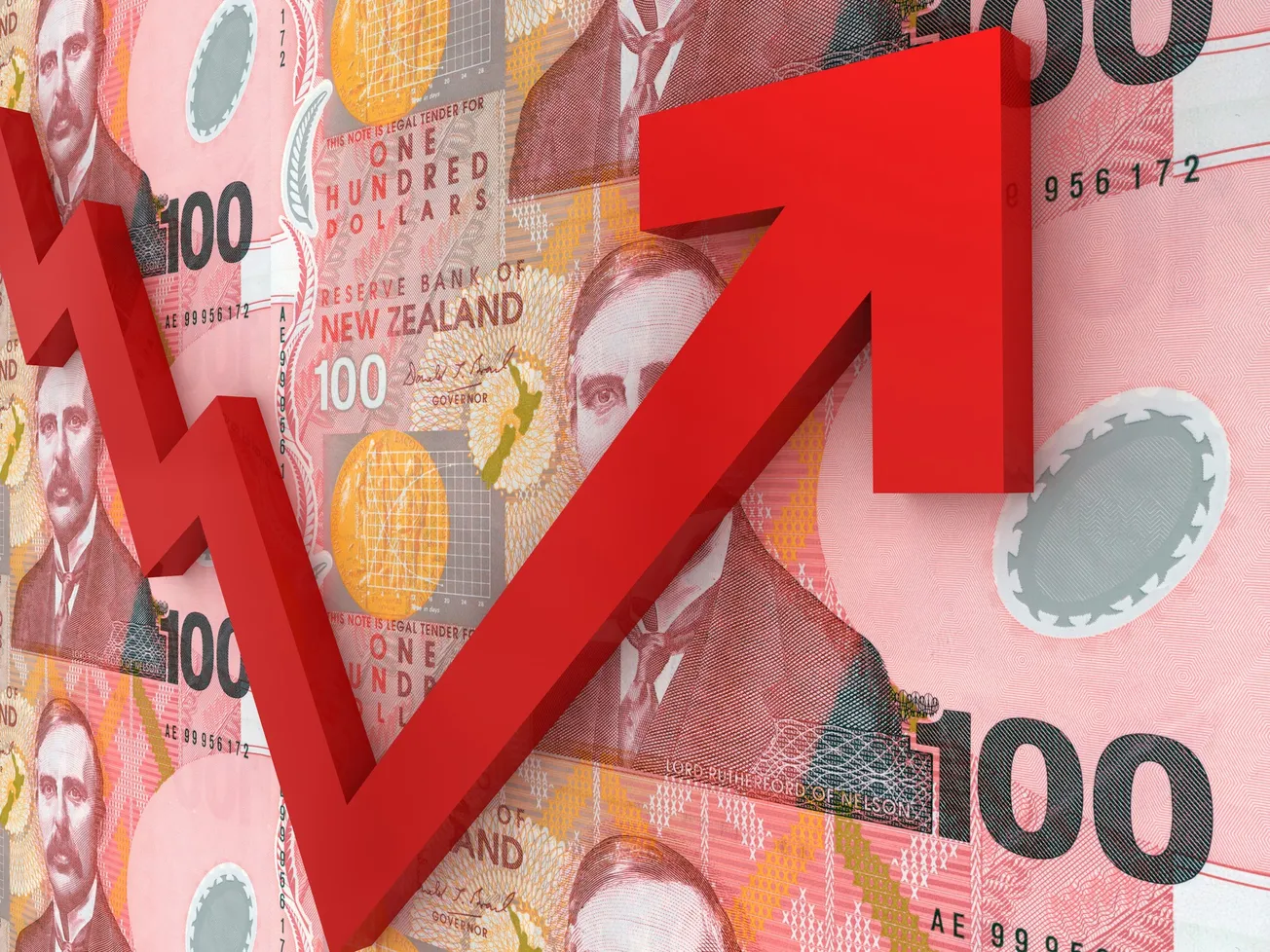Table of Contents
Last week I gave a rebuttal of the advice from the financial advisors Sean Plunket has on his radio station. Since then several folks have asked me to clarify some points I made. What particularly doesn’t seem to compute (perhaps due to a lifetime of exposure to buzzwords from ‘financial advisors’), is my opposition to diversification when it comes to investing. It’s true: I really do shudder at the thought of a portfolio of 60 or 70 (or 400) different (ahem) ‘investments’ resulting in either losing money (the normal outcome) or small returns at best.
Let me explain a scenario for you and see if this makes any sense:
When investing, seek out three or four larger well-established companies and purchase their shares. It’s really that simple. As an example, there is a well-known food company that’s been around for a century and a half, and a decent chunk of the company (15 per cent or so) is still owned by the founding family. Their money is directly tied to the success of the ‘family business’ and their wealth is either just under or just over two billion dollars, depending upon the closing share price.
Like many larger companies, the share price trades in a range. In this case usually between $41 and $49 per share: it doesn’t tend to move very much because they’re long established and ‘elephants don’t jump’. When the share price falls under $40 it never stays there for long (good time to buy more shares!); conversely, it seldom stays above $50 for long. This stability along with a dividend of $1.40 to $1.50 per share means it’s a good investment – a good place to park a quarter of one’s wealth.
There is no need – let alone logic – for buying shares in 50 different food companies. God knows how you’d keep track of them all and God knows what monkey business is going on with some of them. It’s madness to even think you’re somehow ‘spreading the risk’: you’re actually taking a huge risk likely to end in tears.
The other thing I do – and you’ll find your ignorant ‘financial advisor’ doesn’t advise this! (I wonder why?) – is to insure myself against losing money. I always have what are called ‘Put Options’ in place, so the downside is always protected. It may make your blood run cold to learn your smarty-pants KiwiSaver fund manager has never heard of Put Options and certainly doesn’t use them to ‘insure’ your superannuation money against losses.
Apart from this food company, my remaining portfolio is a tobacco company making huge profits selling cigarettes in the third world (Bill Gates is a babe in Toyland compared with these guys), a utility company that makes money every time 30 million Poms turn on a tap and an Aussie mining company. What I also like to occasionally do is seek out a ‘big hit’: find an investment to make a killing on then cash in my chips. This is the fun part of playing the sharemarkets of the world.If you’re still not convinced that less is more and (so-called) diversification incredibly risky, then answer these questions: when you think of New York, which skyscrapers spring to mind? The Empire State Building, Trump Tower, Chrysler Building or Rockefeller Center perhaps? But what’s the building called at 485 Broadway? (I have no idea, by the way.) If you’d just bought the Empire State Building, would you then splash out for 485 Broadway to (ahem) ‘diversify your risk’ and, if so, why?









